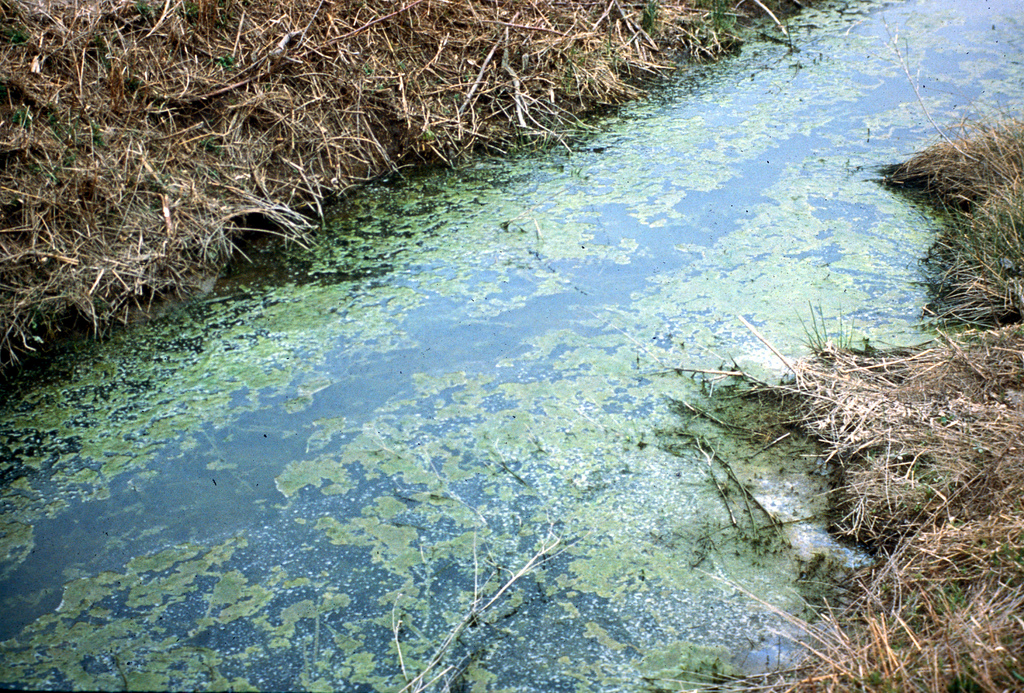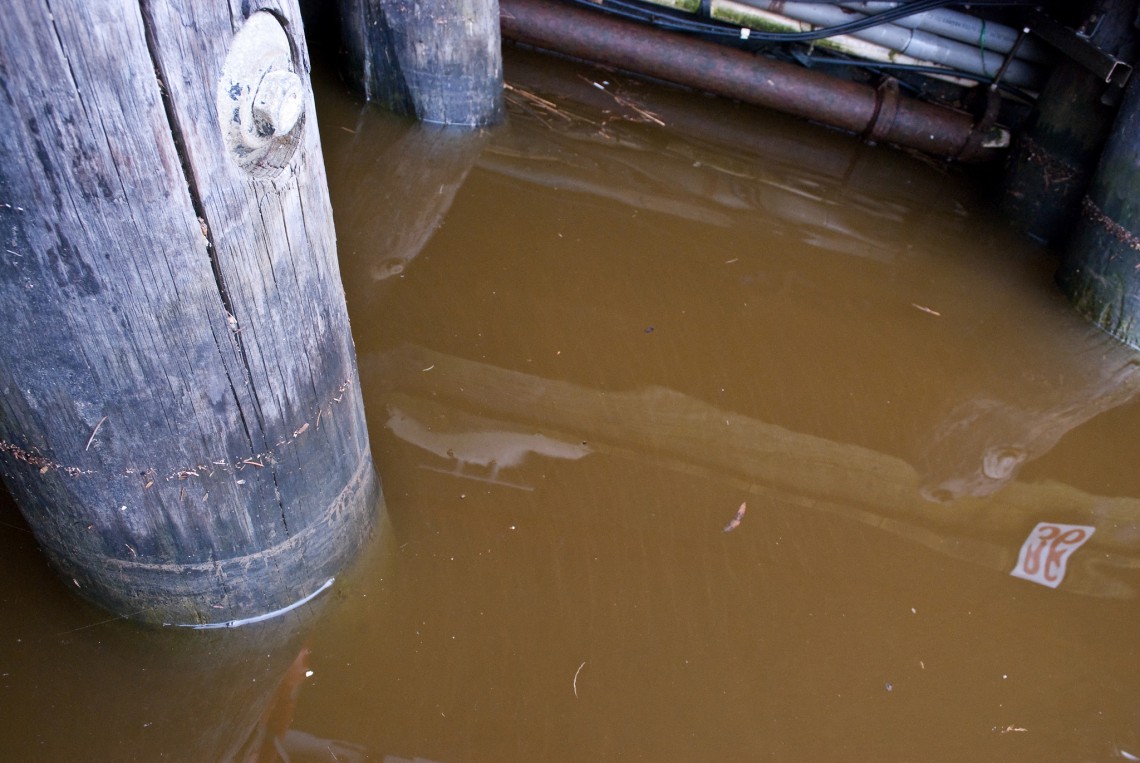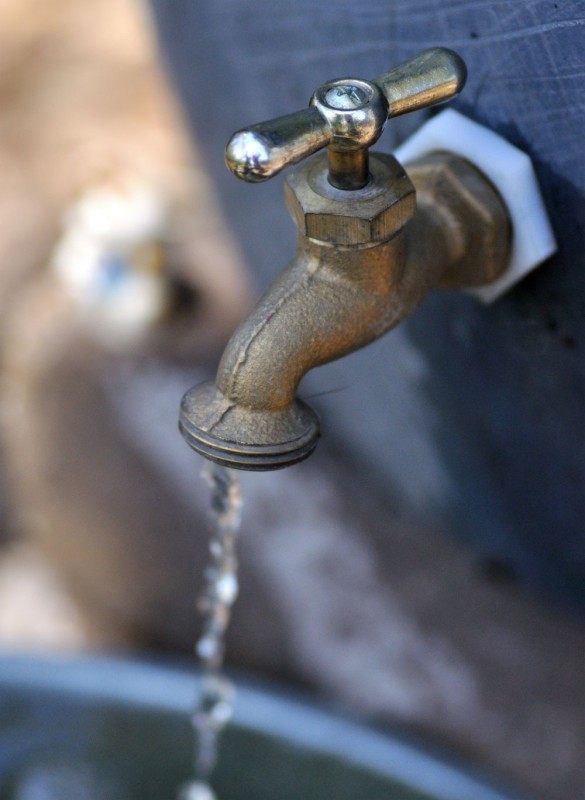Spring Blooms
Over the last few months, you’ve learned all about how rain flows through your gutters and becomes stormwater, which runs over impervious surfaces and straight into the nearest storm drain. Polluted stormwater flows through outflow pipes straight into local waterways that connect to the Chesapeake Bay. Stormwater contains a mixture of fertilizer, pet waste, debris like leaf litter, automotive fluids, and pesticides.

Image courtesy: Chesapeake Bay Program
What do these all have in common? They contain nitrogen and phosphorus. Stormwater is the fastest growing source of nitrogen pollution to the Bay – and is increasing. According to the Environmental Protection Agency, stormwater accounts for about 15% of the total nitrogen polluting the Bay.
Nitrogen and phosphorus aren’t inherently bad for the environment. In fact, in moderation they are essential nutrients that help encourage plant growth. That’s why they are often ingredients in fertilizer for flowerbeds, after all. But flowers aren’t the only things that nitrogen and phosphorus help to bloom in the spring.
When large amounts of these nutrients flow into the Bay, they fuel the growth of algae in the water. Algae are a normal part of the ecosystem, providing food for many Bay creatures. However, excessive nitrogen and phosphorus cause algae to rapidly grow – faster than they can be eaten by other species.
These algal blooms cover the surface of the water. When that happens, sunlight cannot reach the underwater grasses, which iconic critters like blue crabs and young striped bass use as habitat and migratory birds use for food. When the algae die, they sink to the bottom and are feasted on by bacteria. All these bacteria will use up all the dissolved oxygen in the water, leaving fish, oysters, and other aquatic animals gasping for air.
To make matters worse, some algal blooms produce toxins that kill wildlife and can cause serious illness or even death in humans. These harmful algal blooms can also contaminate drinking water, leave pungent waste on beaches, and encourage parasite growth.

Algal blooms cause murky water which blocks out sunlight for beneficial aquatic plants and animals. Image courtesy: Chesapeake Bay Program
These algal blooms have impacts on the health of our economy as well as of local waterways and residents. Algal blooms events can make beaches unsafe for swimming, and shellfish unsafe to eat. Many coastal communities rely on the fishing and tourism industries to thrive. According to the National Oceanic and Atmospheric Administration, harmful algal bloom events have been estimated to cost the United States as much as $82 million annually.
Luckily, each and every one of us has the power to decrease the likelihood of harmful algal blooms and their negative ecosystem impacts. Small everyday actions – such as properly cleaning vehicles and gutters, composting, and picking up after your pets – can have a big impact. You can also reduce the stormwater flowing off your property by using a rain barrel, planting a rain garden full of native plants, or installing pervious pavers. So what are you waiting for? Go ahead and bust some runoff in your own yard!
For more information, visit:
http://www.sciencedaily.com/terms/algal_bloom.htm
http://www.chesapeakebay.net/blog/post/the_abcs_of_habs_how_harmful_algal_blooms_impact_the_bay
http://www.cbf.org/about-the-bay/issues/dead-zones/nitrogen-phosphorus
http://www.cbf.org/about-the-bay/issues/polluted-runoff
